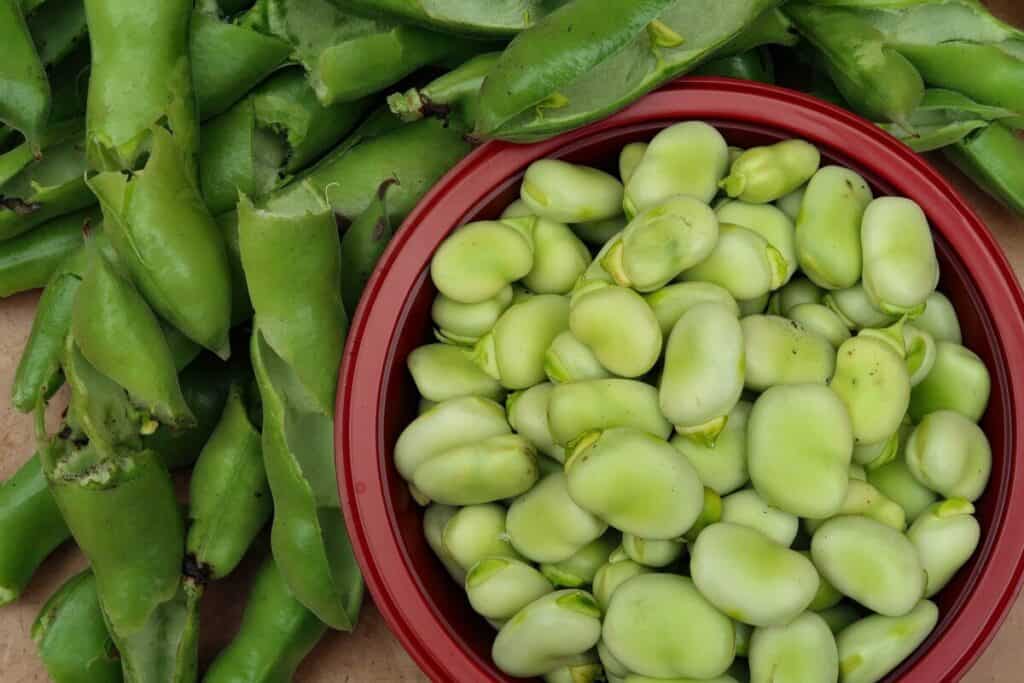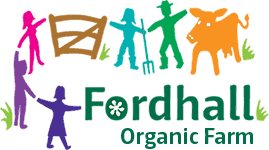Most of us will have heard of ‘meat-free Mondays’ – a campaign to encourage people to abstain from eating meat for one day a week. The idea behind the movement is to raise awareness of the impact of intensive meat production on the environment and its contribution to climate change. However, not all plant-based dishes have a low carbon footprint, it really depends on the ingredients used. If your meat-free dish is packed with air-transported veg for example, it might not be as green as you think. Working out the carbon footprint of different foods is very complex. In addition to food miles, there are all kinds of processes along the food production road that contribute to its green credentials. The way a food is produced, how much water is used in its production and how it is packaged all have an impact. Reducing carbon footprint A really good way of reducing the carbon footprint of your diet is to try and eat food that is in season and produced locally. Eating seasonally also helps people to feel more connected to the natural rhythms of the seasons. For example, in winter, it feels natural to be eating comforting stews packed with root vegetables, while in spring and summer leafy greens and light salads are more appealing. So perhaps instead of (or as well as!) meat free Mondays, we could also set ourselves the challenge of having one meal a week made entirely of locally-sourced, seasonal ingredients, aiming for the lowest carbon footprint possible. Sustainable Saturday?
What’s in season? In July and August, food that’s in season includes: broccoli, broad beans, celery, courgettes, cucumbers, green beans, lettuce and other salad leaves, raspberries, shallots, spinach.

